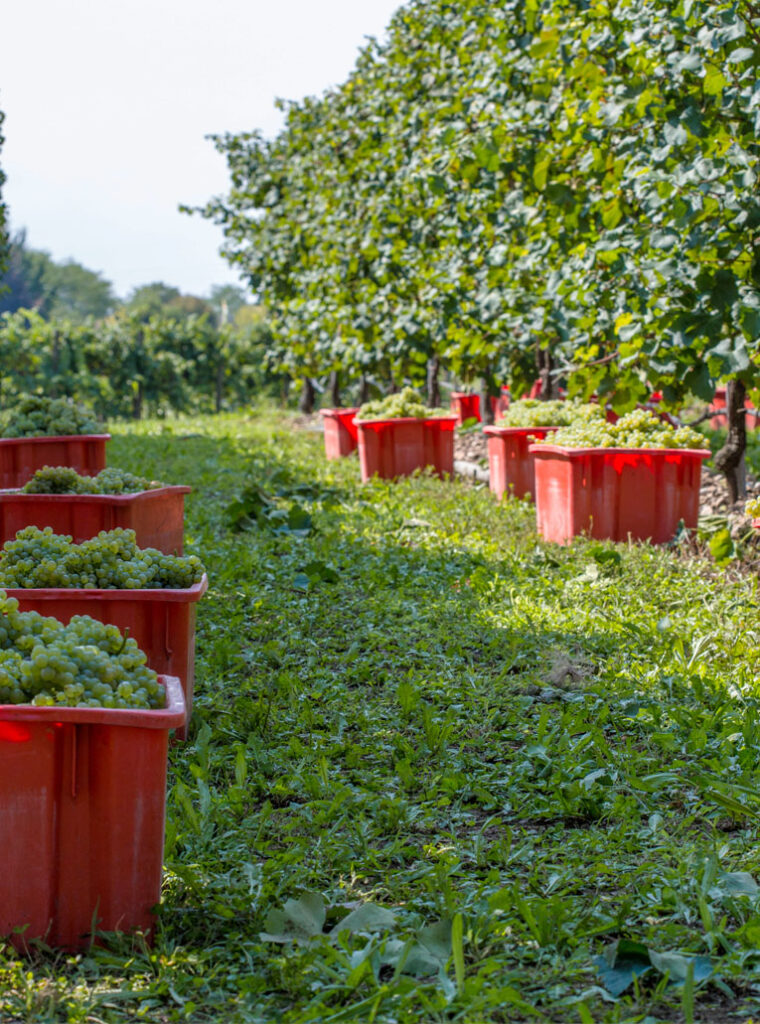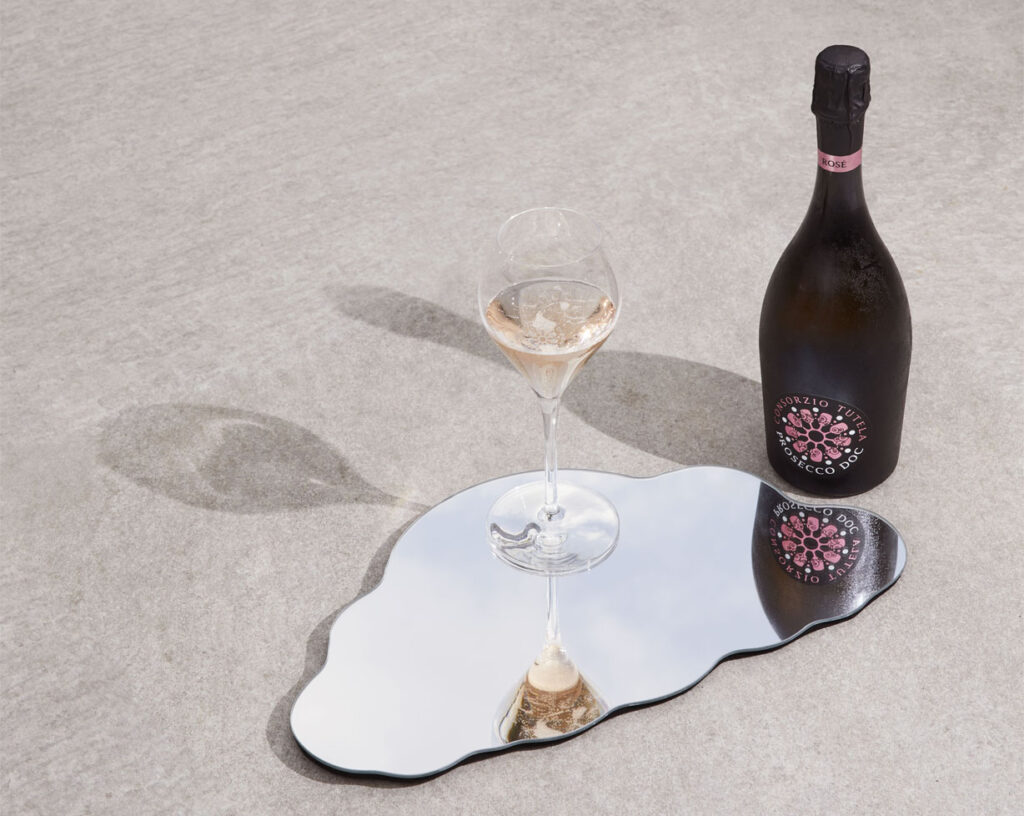Distinguishing marks: italian genio




The real Prosecco DOC: a unique product because of its origin, character and style
THE CHARACTERISTICS
A world excellence thanks to all of you
The Code of Conduct of the Denomination of Origin explains the conditions of production and the organoleptic conditions of Prosecco DOC.
The grapes production area, the vinification and bottling rules are well focused, as the ampelographic base, which means the vine variety used.
The code of conduct, moreover, describes the different types and characteristics of the product, in particular at the sight, at the nose and to taste.
Why? To protect the consumer about the quality and the origin of the product.
Each bottle of Prosecco DOC, is the product of our land, of its history and of our people’s experience: men and women whose main aim is to reach the excellence.
We want to enhance, promote and protect this excellence, to make the success of Prosecco lasts in time.

Recipes and cocktails
Live the unlimited scents of the taste
One pot roast chicken with spelt, vegetables and Prosecco DOC
Main dish
Difficulty: Easy
Preparation time: 65 minutes
Pairing: Prosecco DOC Brut
Grape and Prosecco DOC Rosé risotto
Difficulty: Easy
Preparation time: 45 minutes
Pairing: Prosecco DOC Rosé Brut
Fried Custard
Dessert
Difficulty: Medium
Preparation time: 60 minutes
Pairing: Prosecco DOC Rosé Brut
Not planned
Not planned
NEWS, EVENTS, STORIES
Discover the world of Prosecco DOC
9 October 2025
Prosecco DOC in Australia
October brought autumn to the northern hemisphere, so Prosecco DOC flew to the other side of the world, where spring was just beginning. Australia thus became the stage for a calendar packed with initiatives designed to promote and enhance the Denomination in one of the most strategic markets for its international growth. Three major cities […]
Read6 min. of reading
9 October 2025
Prosecco DOC toasts with Apritimoda 2025
There are places where craftsmanship meets beauty and creativity takes shape through ancient techniques and innovative visions. These are the workshops, shops and studios of Made in Italy which, thanks to Apritimoda, open their doors to the public every year to reveal the most authentic and secret side of Italian fashion. On 25 and 26 […]
Read5 min. of reading
Storie di prosecco
11 September 2025
Prosecco DOC in Cortina
Cortina d’Ampezzo, in the heart of the province of Belluno, is an integral part of the Prosecco Designation, and the Consortium has always proudly promoted initiatives taking place in the Pearl of the Dolomites, such as the Milan Cortina 2026 Winter Olympic and Paralympic Games, for which Prosecco DOC is the Official Sparkling Wine. At […]
Read8 min. of reading
Answering to all your questions
FAQ
First fermentation is a process activated with carefully selected yeasts to convert must into wine.
Pressing is the process used to obtain fresh wine must from grapes.
The yield per hectare is the number of quintals of grapes that can be produced divided by the surface area. In the case of Prosecco, the maximum yield is 180 quintals per hectare (q/ha).
Harvesting is done mainly by hand to avoid damaging the grapes and compromising optimal Prosecco wine-making.
Glera is the traditional variety of grape used for Prosecco. Verdiso, Bianchetta Trevigiana, Perera, Glera lunga, Chardonnay, Pinot Bianco, Pinot Grigio and Pinot nero grapes, vinified off the skins, may also be used up to 15% overall.
The land is alluvial in origin and has mainly clay-loam soil, rich in minerals and micronutrients.
The provinces of Treviso, Venice, Vicenza, Padua, Belluno, Gorizia, Pordenone, Trieste and Udine.
This label guarantees total compliance with the official product specification, with quality also certified through application of the Government Identification mark (band).
The bubbles first appeared with second fermentation in bottles at the end of the 19th century and then in autoclaves in the early 1900s.
